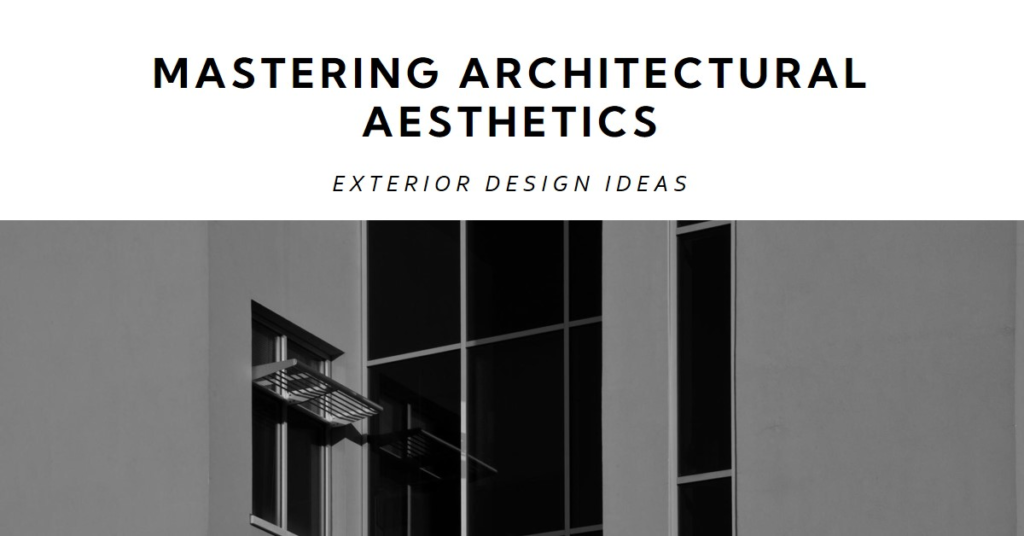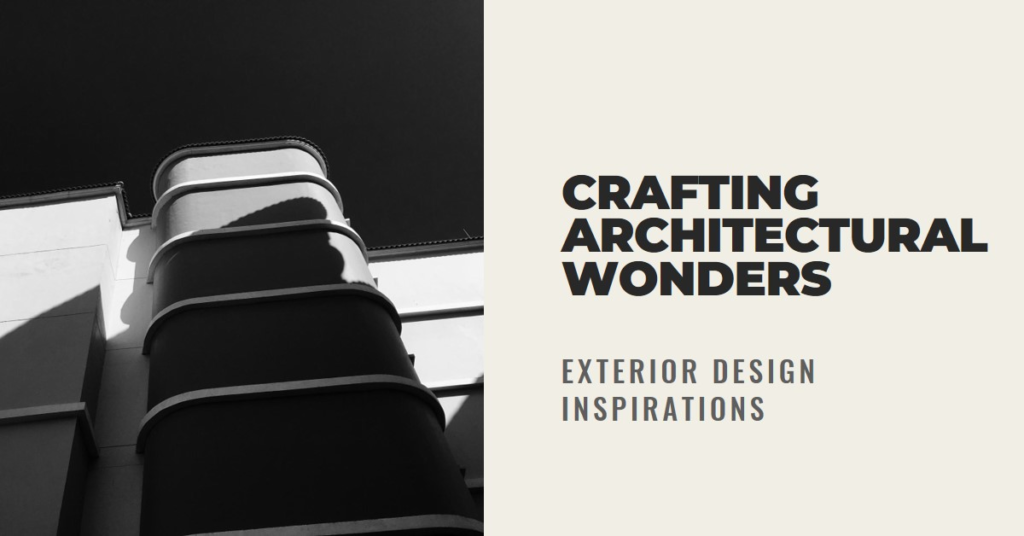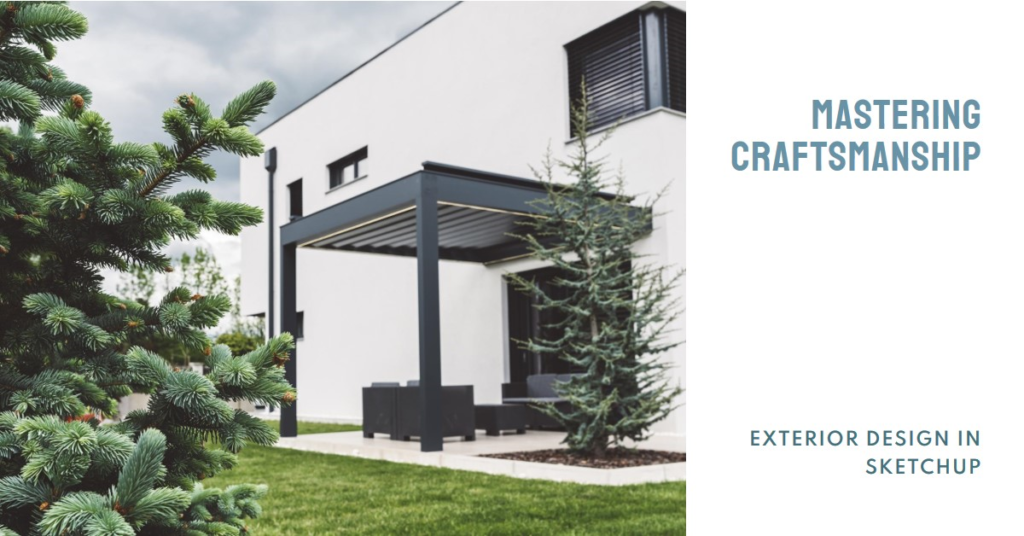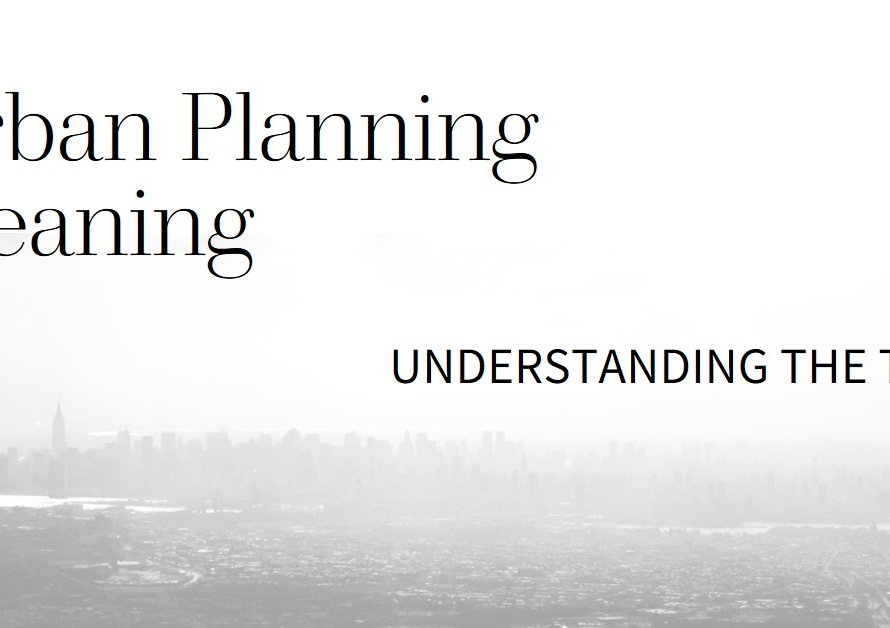
Table of Contents
- Introduction: Exterior Design
- The Art of Facades: Crafting a Compelling Front
- Harmonizing with Nature: Integrating Green Elements
- The Power of Symmetry: Achieving Visual Balance
- Lighting the Way: Strategic Use of Exterior Lighting
- Embracing Local Context: Reflecting Regional Aesthetics
- Modern Minimalism: The Beauty of Simplicity
- Textural Play: Adding Depth and Dimension
- The Magic of Color: Choosing the Right Palette
- Blending Tradition and Innovation: The Best of Both Worlds
- Conclusion: Crafting Lasting Impressions
Introduction: Exterior Design
In the world of architecture, exterior design plays a pivotal role in defining the overall appeal and character of a building. As the first impression of any structure, the exterior encapsulates the essence of its design philosophy and aesthetic ambition. This comprehensive guide delves into various aspects of exterior design, offering innovative ideas and practical tips to master architectural aesthetics.
The Art of Facades: Crafting a Compelling Front
The facade of a building is its face to the world. An effective facade combines form and function, blending aesthetic appeal with practical considerations like energy efficiency and durability. One way to achieve this balance is through the use of diverse materials. For instance, combining stone, glass, and wood can create a visually intriguing and environmentally sound design.
Incorporating elements such as large windows or glass walls can add a modern touch, offering transparency and light. Contrasting materials not only enhance visual interest but also highlight different sections of the building, creating a dynamic and inviting exterior.
Harmonizing with Nature: Integrating Green Elements
Incorporating green elements into exterior design is not just a trend; it’s a sustainable choice that benefits both the environment and the inhabitants. Vertical gardens, green roofs, and plant-covered walls are excellent ways to bring nature into the design, offering aesthetic and ecological benefits.
Green elements can also improve air quality and provide natural insulation, reducing energy costs. Furthermore, the presence of greenery adds a sense of tranquility and well-being, transforming urban spaces into peaceful retreats.
The Power of Symmetry: Achieving Visual Balance
Symmetry in architecture is timeless, creating a sense of order and harmony. It can be achieved through balanced window placement, evenly spaced columns, or mirrored design elements. Symmetrical designs are pleasing to the eye, invoking a sense of stability and elegance.
However, perfect symmetry is not always necessary. Asymmetrical balance, where different elements have equal visual weight, can be just as effective. This approach allows for more creativity and can make a design stand out while still maintaining a sense of cohesion.
Lighting the Way: Strategic Use of Exterior Lighting
Exterior lighting is crucial for both functionality and aesthetics. Thoughtfully placed lighting can accentuate architectural features, enhance safety, and create a welcoming atmosphere. Use a combination of different lighting types, such as uplighting to highlight trees or sculptures, and downlighting for pathways and entrances.
LED lights are a popular choice due to their energy efficiency and versatility. Color temperature is another important consideration; warmer tones can create a cozy, inviting feel, while cooler tones offer a sleek, modern look. Integrating lighting with smart technology can add convenience and control, allowing for customizable ambiance.
Embracing Local Context: Reflecting Regional Aesthetics
Incorporating local aesthetics and materials into exterior design can create a building that resonates with its surroundings. This approach not only fosters a sense of place but also supports local craftsmanship and reduces transportation costs.
Using locally sourced stone, wood, or other materials can add authenticity and character. Additionally, understanding regional architectural styles and cultural influences can inspire design choices that harmonize with the environment and community.
Modern Minimalism: The Beauty of Simplicity
Minimalism in exterior design emphasizes clean lines, simple forms, and a restrained color palette. This approach can create a sleek, sophisticated look that is both timeless and contemporary. Focus on quality materials and craftsmanship to ensure that the simplicity of the design translates into elegance and durability.
Minimalist design also promotes functionality, with every element serving a purpose. This can result in a more sustainable building, reducing waste and promoting efficiency. The challenge is to balance simplicity with warmth, avoiding a sterile appearance by incorporating natural textures and subtle details.


Textural Play: Adding Depth and Dimension
Texture plays a vital role in exterior design, adding depth and interest to flat surfaces. Different materials and finishes can create a tactile experience that invites touch and interaction. For example, rough stone juxtaposed with smooth glass or polished metal can create a striking contrast.
Texture can also be introduced through patterned tiles, brickwork, or wood paneling. These elements can break up large surfaces and add visual complexity. When selecting materials, consider how they will age and weather, as the evolving texture can enhance the building’s character over time.
The Magic of Color: Choosing the Right Palette
Color is a powerful tool in exterior design, influencing mood and perception. The right color palette can enhance architectural features, create harmony with the surroundings, and express the building’s identity. Neutral colors are often used for their timeless appeal and versatility, providing a backdrop for bolder accents.
However, don’t shy away from using vibrant colors strategically. A pop of color on the front door, window frames, or architectural details can create a focal point and add personality. Consider the interplay of light and shadow on different colors, as this can affect their appearance throughout the day.
Blending Tradition and Innovation: The Best of Both Worlds
Combining traditional and contemporary design elements can result in a unique and harmonious exterior. This approach allows for the preservation of historical character while integrating modern amenities and aesthetics. For instance, a classic brick facade can be complemented with sleek metal accents or expansive glass windows.
This blend of old and new can create a rich narrative, connecting the past with the present. It also offers flexibility, allowing for the adaptation of traditional designs to meet modern needs and preferences. The key is to ensure a seamless integration, where the different elements enhance rather than compete with each other.
Conclusion: Crafting Lasting Impressions
Mastering architectural aesthetics in exterior design involves a delicate balance of various elements, from materials and textures to color and lighting. By thoughtfully integrating these components, architects and designers can create buildings that are not only visually stunning but also functional and sustainable.
Each project offers an opportunity to push creative boundaries and innovate, drawing inspiration from the environment, cultural context, and technological advancements. Ultimately, a well-designed exterior is one that resonates with its inhabitants and surroundings, leaving a lasting impression of beauty and harmony.


